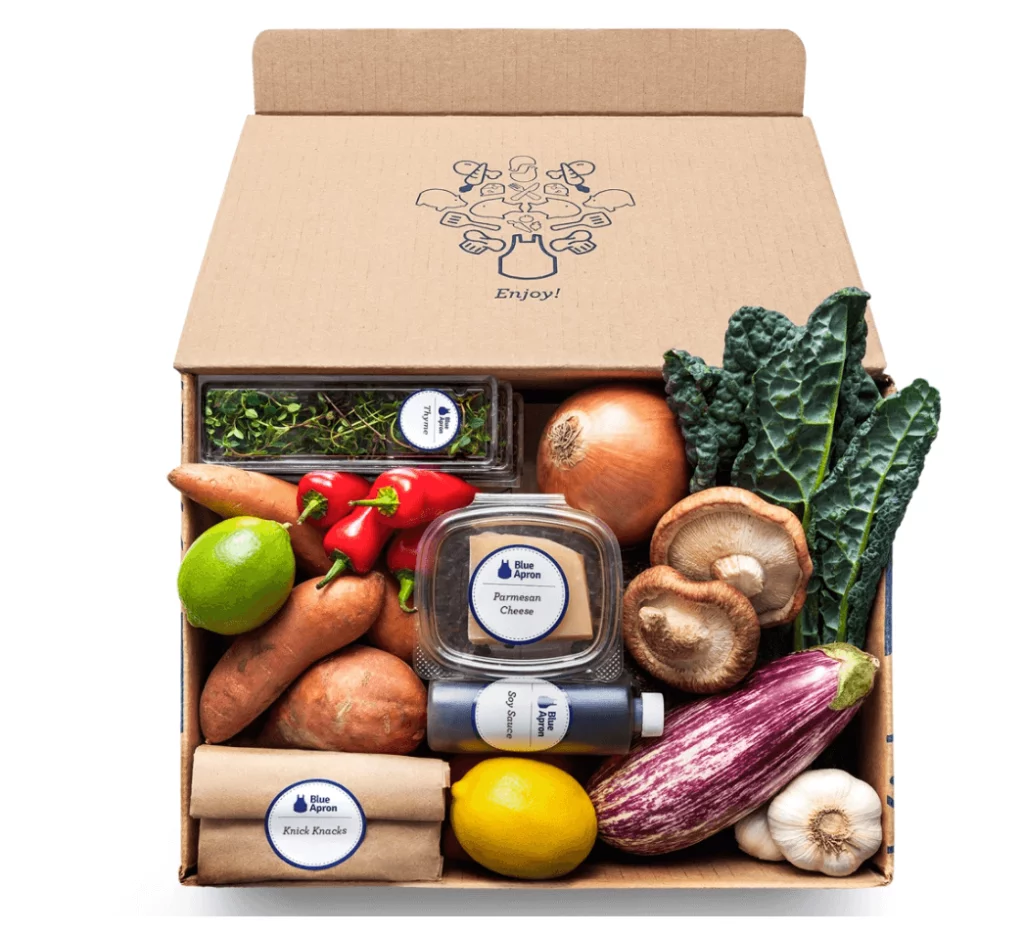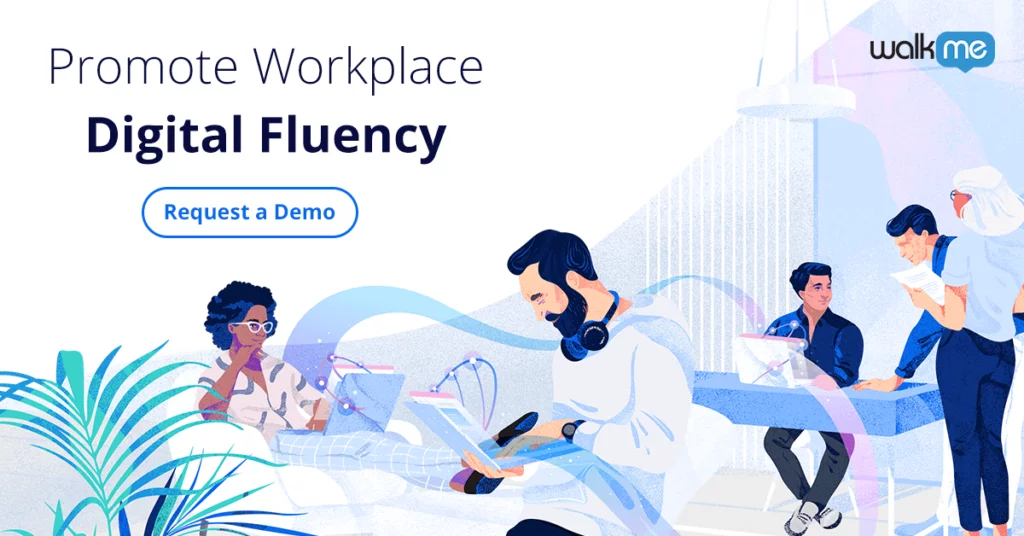Learning new things can be hard. It can oftentimes be a lonely experience, especially if there isn’t anyone close by to effectively guide you through new concepts.
That is why digital adoption solutions like a Digital Adoption Platform (DAP) exist.
Our goal as DAP professionals is to eliminate these stressful emotions our users experience when encountering new applications. We want to empower them to fully adopt any system, and lead them away from the estimated $2.7 trillion wasted on failed digital transformation projects in 2020 that are a result of non-adoption according to Gartner and Forbes.
While the goal of UI/UX/system designers is to make the user more productive, accelerate their time to competency, and simplify their journey, even the most successful business applications – like Salesforce, SAP, CPQ, and WordPress – are daunting to the first-time user. Despite the best efforts of an application design team, systems that involve many complex decision points will always tend towards giving users the greatest functionality rather than simplicity…even if it means the user themselves feel overwhelmed.
I lead the North American Digital Adoption Team for Schneider Electric – a global energy and automation digital solutions provider. Schneider is fully committed to digitization, and North America underwent a large digital transformation just over four years ago as we rolled out a Salesforce-based quotation tool for our nearly 20,000 North American employee and partner sales users. This massive shift from a 25-year old mainframe system required intense change management across hundreds of business units and independent companies. The transition (the majority of which was accomplished within 18 months) was a success because of two things – a DAP and our desire to welcome users.
While this article does not explore all the benefits of using a DAP to enable successful digital transformation, what I do want to emphasize to the ever-growing group of DAP professionals is the conviction that your adoption success depends on your hospitality toward all users.
Developing a culture of hospitality (a.k.a., the Grandmother Test)
When approaching any system that you are asking users to adopt (meaning that they will not just use the system, but that they will get the fullest use out of the system), think of how you would lead your grandmother through the application.
- What steps would you take to welcome her?
- What assumptions of knowledge would you throw out the window?
- How would you get her to actually enjoy using it?
- What entry points, success messages, encouragement, or explanations would you include in your DAP builds if she was attempting to fully utilize every feature?

Hospitality is present when we take unwelcoming systems and have everyone – no matter their background or experience – feel respected and uniquely encouraged to use the application.
On the Schneider North America Digital Adoption Team, our motivation is plain: “We welcome and empower each user by building an environment that boosts productivity, mitigates risk, and increases revenue.”
We know the goals of productivity-boosting, risk mitigation, and ever-increasing revenues because of a DAP are lofty, but we firmly believe that every user who adopts our underlying systems is capable of driving these changes when we, as DAP professionals, avoid digital snobbery and develop a culture of hospitality.
Recognizing digital snobbery
When we speak of digital snobbery, we are discussing more than the obviously derogatory thoughts like “our users are the weakest link to system performance.” I’m sure these attitudes are not in your heart, or else you would not be laboring so hard to create welcoming DAP tools. A common mishap in our profession occurs, however, when we lose sight of our people – our users – and their frustration during the first moments on a new system. Snobbery appears in thoughts like, “our users are already experts; they know these basic steps.”
This mindset stops considering the system we have been working in for months or years as “new,” and asserts itself when we stop designing digital adoption tools to introduce new users to an amazing experience. We rely on assumptions of their performance (often, based on our own performance in the system), and we begin building our DAP around these perceptions.
Let me describe the impact of snobbery versus hospitality in user adoption through the analogy of adopting at-home cooking through recipe cards versus meal subscription boxes.
Adoption View #1 – tolerating users (digital snobbery)
As DAP professionals, when on-boarding new users into an application, we can choose to merely tolerate the “newbies,” giving them generic tools we assume can move them beyond their current condition as non-experts. This view of adoption is utilitarian, grouping all individuals into a bucket labeled “new users” and pushing them along as quickly as possible with the same set of instructions, hoping they will quickly become experts. This ignoring of our users’ unique needs is, by definition, digital snobbery.
To illustrate this first view of digital adoption, imagine asking someone to cook at home for the first time. To make their delicious meal, you give them a standard recipe card that lists the ingredients, portions, and steps needed. There is, however, nothing prepared for them. You require them to gather all the ingredients, measure the amounts, and have the cooking implements ready. Yes, they have all the information needed to accomplish the task of at-home cooking, but if this is the first time they have cooked, a recipe card alone does not eliminate the task’s intimidation.

If our goal is to inspire someone to cook, just handing them a recipe says, “You are different from those who normally use the system (or, in this example, someone who has made the dish over and over), so we had to give you something to make sure that even you can get from point A to point B.” A recipe card is functional, but it does not elevate the user’s experience by making them feel cared for, respected, or even thought about. It does nothing to encourage them to enjoy – and adopt – at-home cooking.
The harm in treating your adopters in this generic, temporary, one-size fits all way is that we are not smoothing over the underlying system to make it appear that the experience was tailored for them, degrading their usage of the system and all the potential revenue that goes along with their adoption.
For example, my company was rolling out Salesforce Lightning as part of our digital transformation. Our sales team was growing frustrated as the process called for them to go from one instance of Salesforce where they created the Opportunity, to another instance where they would create the Quote to send to the customer. They could quickly link into the Quote side, but once they entered the application, they had no idea of where to go from there.
When asked about it, I let them know I had made an abundance of WalkMe resources available to the Sales team; all they had to do was look them up in the menu to find their specific use case. What I had missed was that the team’s starting point was even more basic. They did not even know what keywords to use to find assistance.
In this case, I had created a recipe, put it with the rest of the recipe cards, and told the users that they needed to figure it out. I needed to discover a better way to encourage adoption.
Adoption View #2 – welcoming users (hospitality)
In our cooking example, rather than handing a new soon-to-be-chef the recipe card of an expert, a meal subscription service bridges the knowledge gap by intentionally welcoming users into the world of at-home cooking by delivering all ingredients pre-packaged at their proper measurements to their doorsteps. Yes, there is a recipe card to follow, but the subscription service eliminates all the non-value-added activities (like measuring) and guesswork (“Which type of flour should this be?”). The meal subscription says, “We thought of your needs and desires, and we are giving you the ability to fully adopt our system (e.g., at-home cooking) without feeling alone.” It is a tailored experience that brings joy in learning how to cook new things.

For our company, rather than forcing the Sales team to search out how to perform tasks, the solution to welcome them into our latest Salesforce process was an automated wizard that popped up as soon as they landed on the screen. In this Quote Path Wizard, our Sales team is given a “choose your own adventure” type of menu that launches them into different Walk-Thrus depending on their unique situation following the Opportunity’s creation. We also took steps to intentionally integrate with the UI of our Salesforce instance, so that our users have no idea where our DAP ends and the underlying system begins. This enforces the idea that the system itself – far from being built without them – has been designed specifically around them.
With DAP, the respect our users feel as we engage them through a constant conversation (via Analytics, DX, Share, etc.) takes the fear out of change because we have put them at the center of transforming complicated systems into ones that feel custom-made.
This is hospitality.
Results
So, what’s the point? Why should we care if our users feel respected, cared for, or welcomed?
Hospitality directly impacts revenue. During the 90-day height of the COVID-19 lock-down in North America, we relied exclusively on WalkMe to on-board new users and introduce new features of our Quotation tool. From March to May, we saw 53% more users on our system than in the previous year, spending 3% less time in the tool, yet growing our order revenue by 14%. Because of the welcoming environment my team created, we had more users, embracing our tool with greater efficiency, causing double-digit growth…in the middle of a pandemic. For your company, the bottom line will be markedly different when your users delight in being welcomed into your tools.
As DAP professionals, if we keep hospitality – welcoming and empowering our users – as our guiding principle for adoption, our profession becomes less about telling our users where to click within the system. Instead, we become world-class customer service designers who transform intimidating applications or over-complex processes into ones that say, “Welcome! We thought specifically about you when building this system. You can fully utilize every capability it offers. And, by the way, we will be with you at every step, just in case you need us.”
Your grandmother would be so proud!


